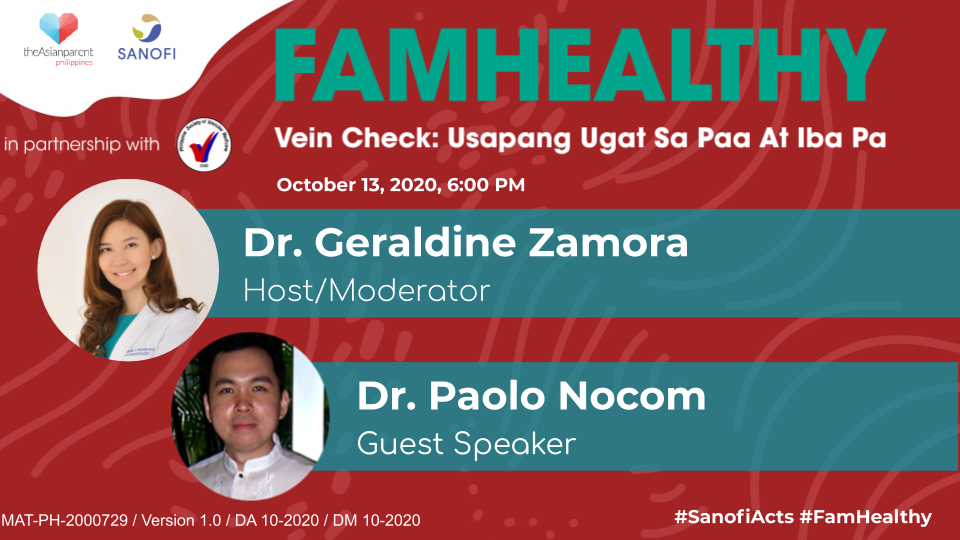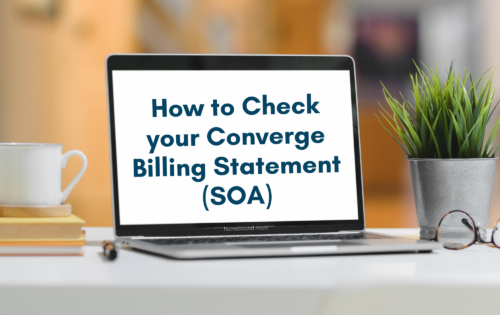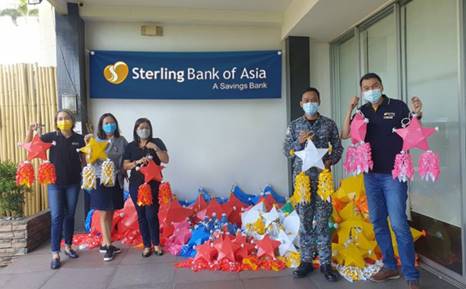
A Deep Dive on Thrombosis: When does it become a cause for concern?
If the pandemic has taught us one thing, it is that we should never take our health for granted. From chronic diseases to other potential underlying health conditions, taking care of ourselves in a holistic manner goes a long way to maintaining our overall health and wellbeing.
To raise awareness on health and medical concerns that may arise amid the quarantine, Sanofi Philippines partnered with The Asian Parent to launch FamHealthy, a webinar series that aims to educate Filipino families when it comes to health matters.
In observance of World Thrombosis Day, FamHealthy hosted a special episode featuring the Philippine Society of Vascular Medicine to tackle blood clots or thromboses, a health condition that may go undetected and one that can lead to complications or as a symptom of another disease or ailment.

What is Thrombosis?
According to Famhealthy host, Dr. Geraldine Zamora, Thrombosis is often characterized by the formation of clots inside one’s blood vessels. It may go undetected and lead to complications that can contribute to life-threatening medical conditions such as a heart attack or stroke.
Moreover, blood clots have also been observed among COVID-19 patients, and causing severe complications for persons with chronic diseases such as hypertension and diabetes.
FamHealthy guest speaker, Dr. Paolo Nocom of the Philippine Heart Center and a fellow of the Philippine Society of Vascular Medicine, touched on the occurrence of deep vein thrombosis, which is commonly observed as swelling or dark discolorations in the thighs and lower legs. He warns that if left untreated, the clotting may spread to the lungs in what is known as pulmonary embolism.
“Developing both deep vein thrombosis and pulmonary embolism is a sign of a severe form of blood clotting known as venous thromboembolism (or VTE),” Nocom adds.
What are the signs and symptoms?
Thrombosis or blood clotting may affect different parts of the body, however it is advised that you seek medical attention if you have the following symptoms:
- Redness or swelling in the foot, ankle, or leg.
- Pain or tenderness around the calf area.
- Shortness of breath or rapid breathing.
- Chest pains or Rapid heart rate.
- Light-headedness.
- Coughing up blood.
How do we prevent or manage it?
- Get moving. Life under quarantine may be conducive to a sedentary lifestyle but this inactivity may lead to blood clots forming. That’s why you should always get moving or simply avoid sitting down for long periods of time.
- Stay hydrated. Dehydration may cause your blood to thicken and form clots. To help prevent this, always keep yourself hydrated.
- Consider investing in compression stockings. As Dr. Nocom explains, compression stockings help to improve circulation and prevent blood clots from forming. Ensure that you have the appropriate size for your leg.
Let’s stay connected:
Facebook Instagram
Twitter Contact Me





